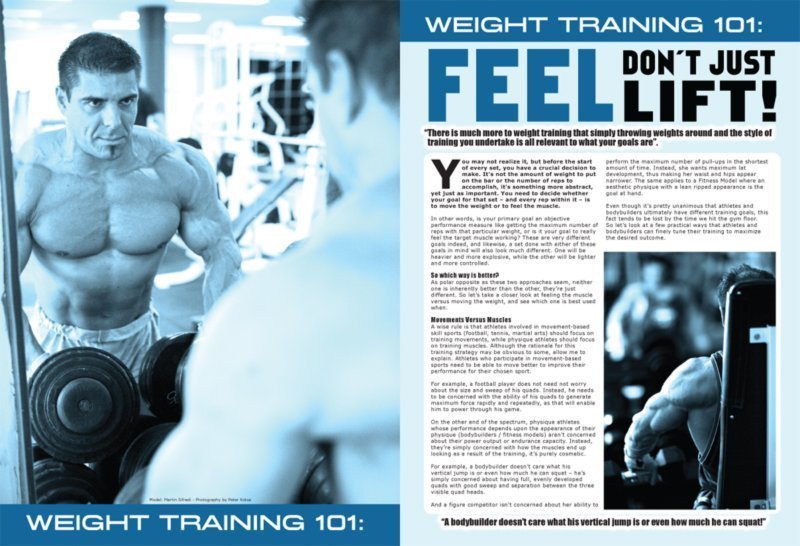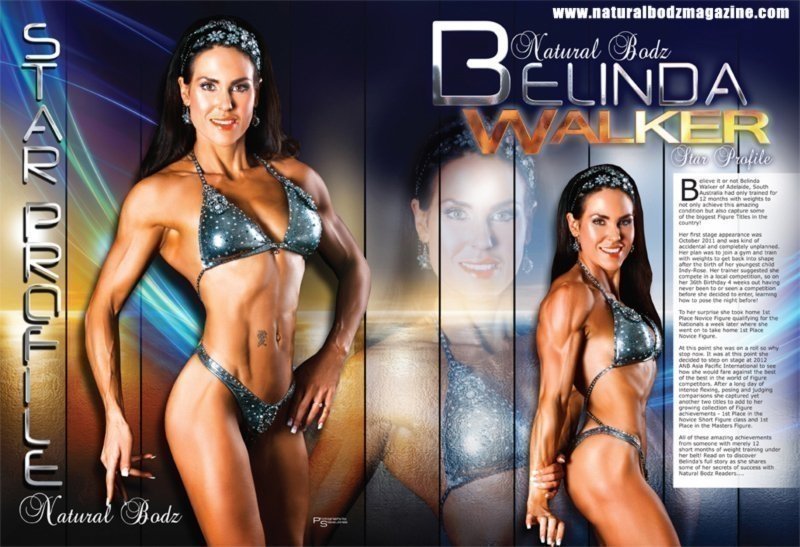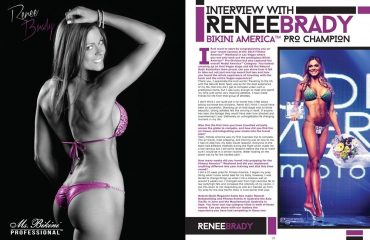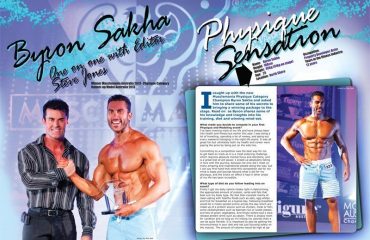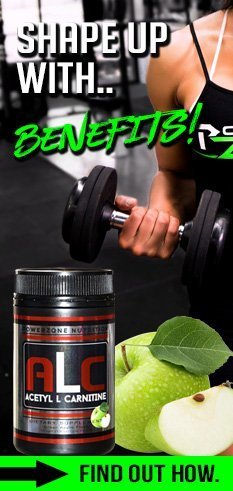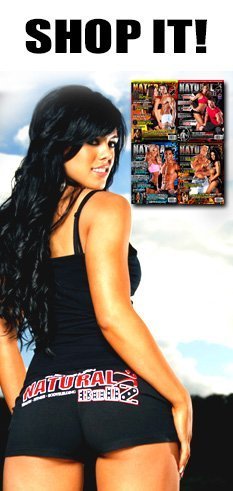Feel Don’t Just Lift
You may not realize it, but before the start of every set, you have a crucial decision to make. It’s not the amount of weight to put on the bar or the number of reps to
accomplish, it’s something more abstract, yet just as important. You need to decide whether your goal for that set – and every rep within it – is
to move the weight or to feel the muscle.
In other words, is your primary goal an objective performance measure like getting the maximum number of reps with that particular weight, or is it your goal to really feel the target muscle working? These are very different goals indeed, and likewise, a set done with either of these goals in mind will also look much different. One will be heavier and more explosive, while the other will be lighter and more controlled.
So which way is better?
As polar opposite as these two approaches seem, neither one is inherently better than the other, they’re just different. So let’s take a closer look at feeling the muscle versus moving the weight, and see which one is best used when.
Movements Versus Muscles
A wise rule is that athletes involved in movement-based skill sports (football, tennis, martial arts) should focus on training movements, while physique athletes should focus on training muscles. Although the rationale for this
training strategy may be obvious to some, allow me to explain. Athletes who participate in movement-based sports need to be able to move better to improve their performance for their chosen sport.
For example, a football player does not need not worry about the size and sweep of his quads. Instead, he needs to be concerned with the ability of his quads to generate maximum force rapidly and repeatedly, as that will enable him to power through his game.
On the other end of the spectrum, physique athletes whose performance depends upon the appearance of their physique (bodybuilders / fitness models) aren’t concerned about their power output or endurance capacity. Instead, they’re simply concerned with how the muscles end up looking as a result of the training, it’s purely cosmetic.
For example, a bodybuilder doesn’t care what his vertical jump is or even how much he can squat – he’s simply concerned about having full, evenly developed quads with good sweep and separation between the three visible quad heads.
And a figure competitor isn’t concerned about her ability to perform the maximum number of pull-ups in the shortest amount of time. Instead, she wants maximum lat development, thus making her waist and hips appear narrower. The same applies to a Fitness Model where an aesthetic physique with a lean ripped appearance is the goal at hand.
Even though it’s pretty unanimous that athletes and bodybuilders ultimately have different training goals, this fact tends to be lost by the time we hit the gym floor. So let’s look at a few practical ways that athletes and bodybuilders can finely tune their training to maximize the desired outcome.
The rest of this feature article is available in Volume 5 Issue 6 of Australian Natural Bodz

